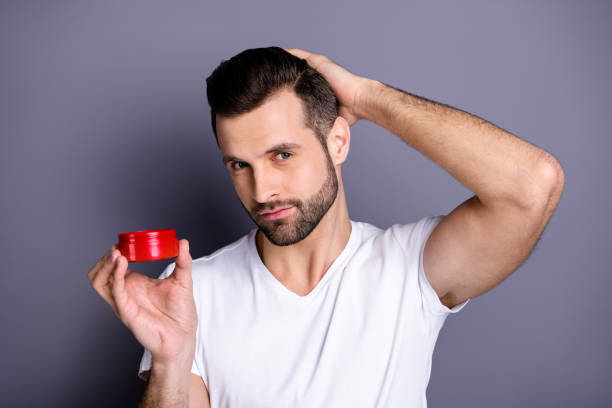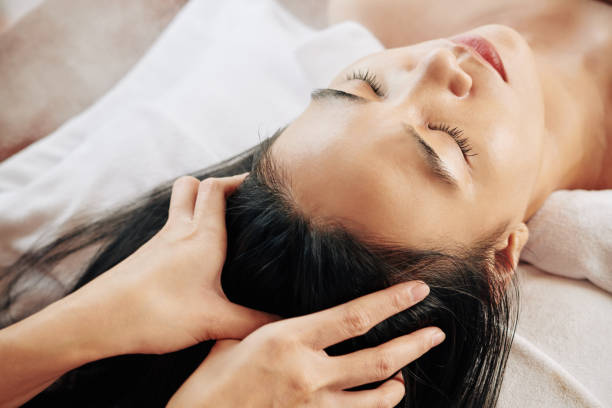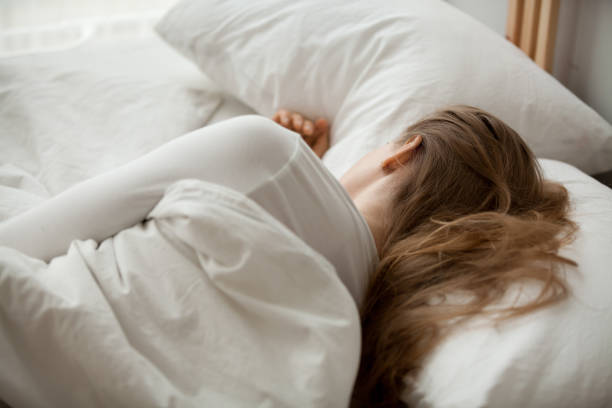Tips for Managing Oily Scalp and Hair
Use a gentle,
sulfate-free shampoo: Sulfates are harsh detergents that can strip the scalp of
its natural oils, leading to an overproduction of oil. Look for shampoos that
are labeled as "sulfate-free" or "for oily hair."
Exfoliate the
scalp: Just like the skin on your face, the scalp can benefit from exfoliation.
Use a gentle scalp scrub or brush to remove dead skin cells and buildup from
the scalp.
Use a dry
shampoo: Dry shampoo can absorb excess oil and give hair a fresh, clean look
without the need for water.
Don't
over-wash your hair: Washing your hair too frequently can strip the scalp of
its natural oils, leading to an overproduction of oil. Try to wash your hair
every other day or every two days instead of daily.
Avoid hair
products with heavy oils or waxes: These types of products can weigh down the
hair and make it look greasy. Look for lightweight, oil-free hair products
instead.
Use a
clarifying shampoo: A clarifying shampoo can help remove buildup of products
and oils on the scalp and hair. Use it once a week or as needed.
Try using
apple cider vinegar: Apple cider vinegar can help balance the pH of the scalp
and remove buildup, leading to a healthier scalp and less oily hair. Mix equal
parts water and apple cider vinegar, apply to the scalp, and rinse after a few
minutes.
Avoid using
heat styling tools: Heat styling tools like flat irons and curling irons can
damage the hair and contribute to an oily scalp. If you must use these tools,
use a heat protectant spray and avoid using them on a daily basis.
Avoid tight
hairstyles: Tight hairstyles like ponytails and braids can pull on the scalp
and cause irritation, leading to an overproduction of oil. Try to wear your
hair down or in loose hairstyles as much as possible.
Eat a healthy
diet: A diet high in processed foods and sugar can contribute to an oily scalp
and hair. Try to eat a balanced diet with plenty of fruits, vegetables, and
lean protein to promote healthy hair growth.
Use essential
oils: Certain essential oils like tea tree oil and peppermint oil can help
control oil production and promote a healthy scalp. Mix a few drops of
essential oil with a carrier oil like coconut or jojoba oil, and massage into
the scalp.
Avoid
touching your hair: Touching your hair can transfer oils from your hands to
your scalp and hair, making it look greasier. Try to avoid touching your hair
as much as possible.
Keep your
scalp clean: Keep your scalp clean and free from buildup by using a gentle
shampoo, exfoliating the scalp, and using a clarifying shampoo.
Consult with
a trichologist or a Dermatologist: If you find that you have an oily scalp even
after following these tips, it may be a good idea to consult with a
trichologist or a dermatologist to rule out any underlying medical conditions.
Get regular
trims: Regular trims help to remove the damaged and split ends which can cause
greasiness.
Avoid using
too much product: Applying too much product can weigh down the hair and make it
look greasy. Use a small amount and focus on the roots and scalp
Use a light-hold styling product: Use a light-hold styling product, like a mousse or a light-hold hair spray.








Leave a Reply